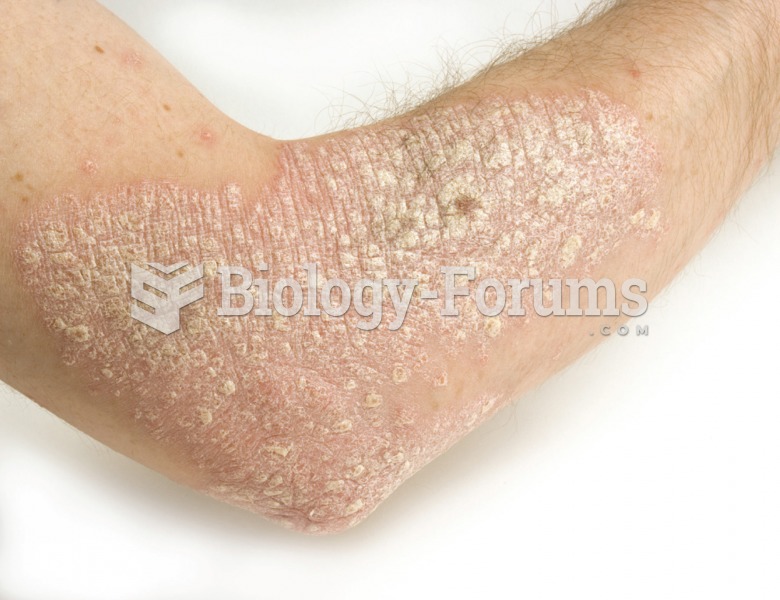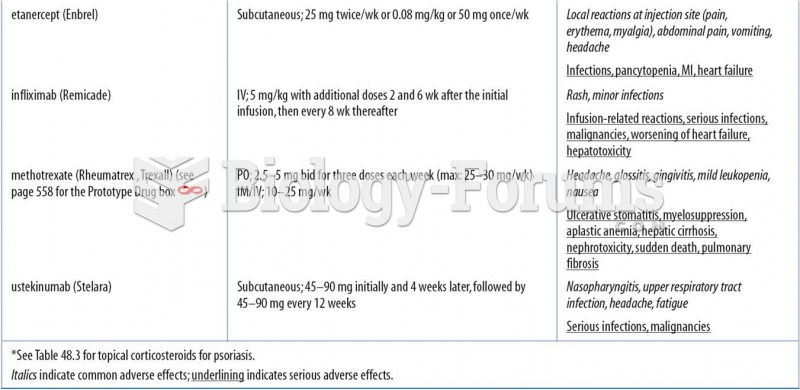Answer to Question 1
Correct Answer: 1,2
Rationale 1: Betamethasone is a primary initial treatment for psoriasis.
Rationale 2: Hydrocortisone acetate is a primary initial treatment for psoriasis.
Rationale 3: Fludrocortisone is not used to treat psoriasis.
Rationale 4: Metyrapone is not used to treat psoriasis.
Rationale 5: Mitotane is not used to treat psoriasis.
Global Rationale: Betamethasone and hydrocortisone acetate are primary initial treatments for psoriasis.
Fludrocortisone is used as treatment for Addison disease. Metyropone is an antiadrenal drug used for diagnostic purposes. Mitotane is used to treat inoperable tumors of the adrenal gland.
Answer to Question 2
Correct Answer: 1,2
Rationale 1: Corticosteroids decrease the numbers of circulating lymphocytes, eosinophils, monocytes, and basophils. They inhibit the movement of macrophages and leukocytes to areas of inflammation. They also decrease the production of inflammatory cytokines, including histamine, bradykinin, interferons, interleukins, and granulocyte-macrophage colony stimulating factor and decrease the formation of prostaglandins.
Rationale 2: Corticosteroids decrease the numbers of circulating lymphocytes, eosinophils, monocytes, and basophils. They inhibit the movement of macrophages and leukocytes to areas of inflammation. They also decrease the production of inflammatory cytokines, including histamine, bradykinin, interferons, interleukins, and granulocyte-macrophage colony stimulating factor and decrease the formation of prostaglandins.
Rationale 3: Corticosteroids do not increase bleeding.
Rationale 4: Corticosteroids do not increase blood flow or warmth to the area.
Rationale 5: Corticosteroid therapy does not cause a buildup of necrotic tissue.
Global Rationale: Corticosteroids decrease the numbers of circulating lymphocytes, eosinophils, monocytes, and basophils. They inhibit the movement of macrophages and leukocytes to areas of inflammation. They also decrease the production of inflammatory cytokines, including histamine, bradykinin, interferons, interleukins, and granulocyte-macrophage colony stimulating factor and decrease the formation of prostaglandins. They do not increase bleeding, increase blood flow and warmth to the area, or cause a buildup of necrotic tissue.







